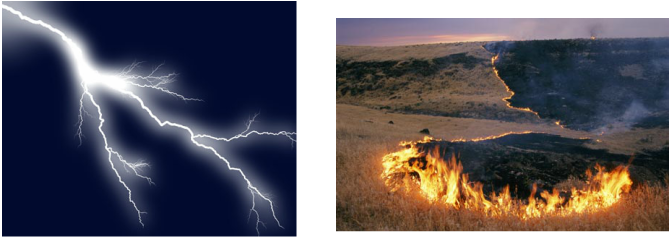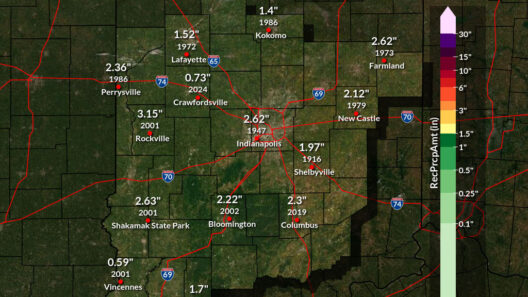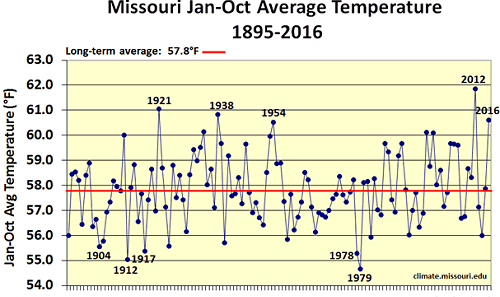Grasslands, often romanticized in literature and art, exist as vast expanses of relatively flat terrain adorned with an array of grasses, herbs, and sporadic shrubs. These unique ecosystems are categorized mainly by their climate, which profoundly influences their flora and fauna. Understanding the climate of grasslands is essential; it provides insights into the myriad of interactions occurring in this vibrant environment. This exploration delves into the windswept plains of temperate grasslands, emphasizing seasonal shifts that are integral to their character.
To truly appreciate the climate of grasslands, one must first consider their geographical distribution. Grasslands are predominantly located in the temperate zones of the world, spanning areas in North America, South America, Eurasia, and parts of Africa. These regions experience moderate rainfall, which is a critical factor in sustaining grassland ecosystems. Unlike their forested counterparts, grasslands receive between 10 to 30 inches of precipitation annually, primarily during the growing season. This precipitation is often erratic, leading to periods of drought interspersed with bursts of abundant moisture, which can dramatically alter the ecosphere.
Temperate grasslands experience distinct seasonal shifts that govern their ecological dynamics. Spring ushers in a revitalization, as temperatures gradually rise and rainfall becomes more frequent. This season plays a pivotal role in the life cycles of grassland species. Grasses commence their vigorous growth, and a myriad of wildflowers blanket the fields, creating a vibrant palette of colors. It is during this time that herbivores, such as bison and antelope, take advantage of the tender shoots, while predators, including coyotes and various birds of prey, remain keenly watchful.
As spring transitions into summer, conditions intensify. Days become noticeably warmer, often reaching into the upper 80s and 90s Fahrenheit. The increased heat catalyzes the flourishing of grassland vegetation, resulting in a lush, green sea of grasses that can stretch as far as the eye can see. This rich vegetation not only supports herbivorous wildlife but also contributes to the intricate web of life within grasslands. However, the summer months can also bring drought; the majority of precipitation may fall during spring, leaving the land parched and susceptible to wildfires. Fire has historically played a vital role in temperate grasslands, renewing the soil and allowing for the propagation of certain grass species while suppressing encroachment by woody plants. This regeneration process is essential for maintaining the health and diversity of grassland ecosystems.
As summer wanes, the shifting of seasons provides a stark contrast—autumn arrives with a symphony of color as leaves change and grasses transition to their dormant state. These cooler months are characterized by a decline in both temperature and biological activity. The lush greenery gives way to a tapestry of browns and golds. Animal populations begin preparing for the harsh winter ahead, often exhibiting behaviors aimed at survival—some species migrate while others enter a state of dormancy. This seasonal shift is crucial; it allows the soil to rejuvenate and prepares the ecosystem for the cycle of life to start anew with the arrival of spring.
Winter presents a formidable challenge for grasslands. Characterized by chilling temperatures and substantial snowfall, climate conditions can be quite severe. While these regions may seem desolate during the colder months, winter serves a strategic ecological purpose. Snow acts as an insulating blanket, protecting root systems from extreme cold. Furthermore, the absence of foliage provides a unique opportunity for sunlight to penetrate the soil, aiding in warming and preparing it for budding life in spring.
Rarely considered are the winds that sweep across these plains. Grasslands are often subject to strong and persistent winds, which shape not only the physical landscape but also influence weather patterns and the distribution of seeds. These winds can be a double-edged sword. On one hand, they facilitate the dispersal of seeds, allowing grasses to colonize new areas; on the other hand, they can contribute to soil erosion, particularly in regions where vegetation has been disturbed. The interplay between wind, soil, and climate remains an engaging aspect of grassland ecology.
The climate of grasslands is not just an abstract phenomenon; it is intricately linked to global climatic patterns. As climate change becomes an increasingly pressing issue, understanding the vulnerabilities of grasslands is essential. Alterations to precipitation patterns, temperature fluctuations, and the increased frequency of extreme weather events pose significant threats to these ecosystems. Grasslands are already witnessing shifts in species composition and distribution as some organisms struggle to adapt to new climatic realities. Therefore, grasping the nuances of grassland climates becomes pivotal in conservation efforts and in combating climate change’s broader implications.
In conclusion, the climate of grasslands is a dynamic tapestry of interactions shaped by geographical and seasonal factors. From the bustling activity of spring to the stark solitude of winter, these ecosystems epitomize resilience in the face of environmental challenges. Windswept plains tell a tale of seasonal rhythms; they hold secrets that reveal the delicate balance necessary for life. It is through understanding these climates that we can foster respect and appreciation for the grasslands that endure, guaranteeing they remain a bastion of biodiversity for generations to come. The curiosity stirred by the contrasts of life within these ecosystems is both fascinating and essential, prompting a deeper commitment to their preservation and ecological integrity.








